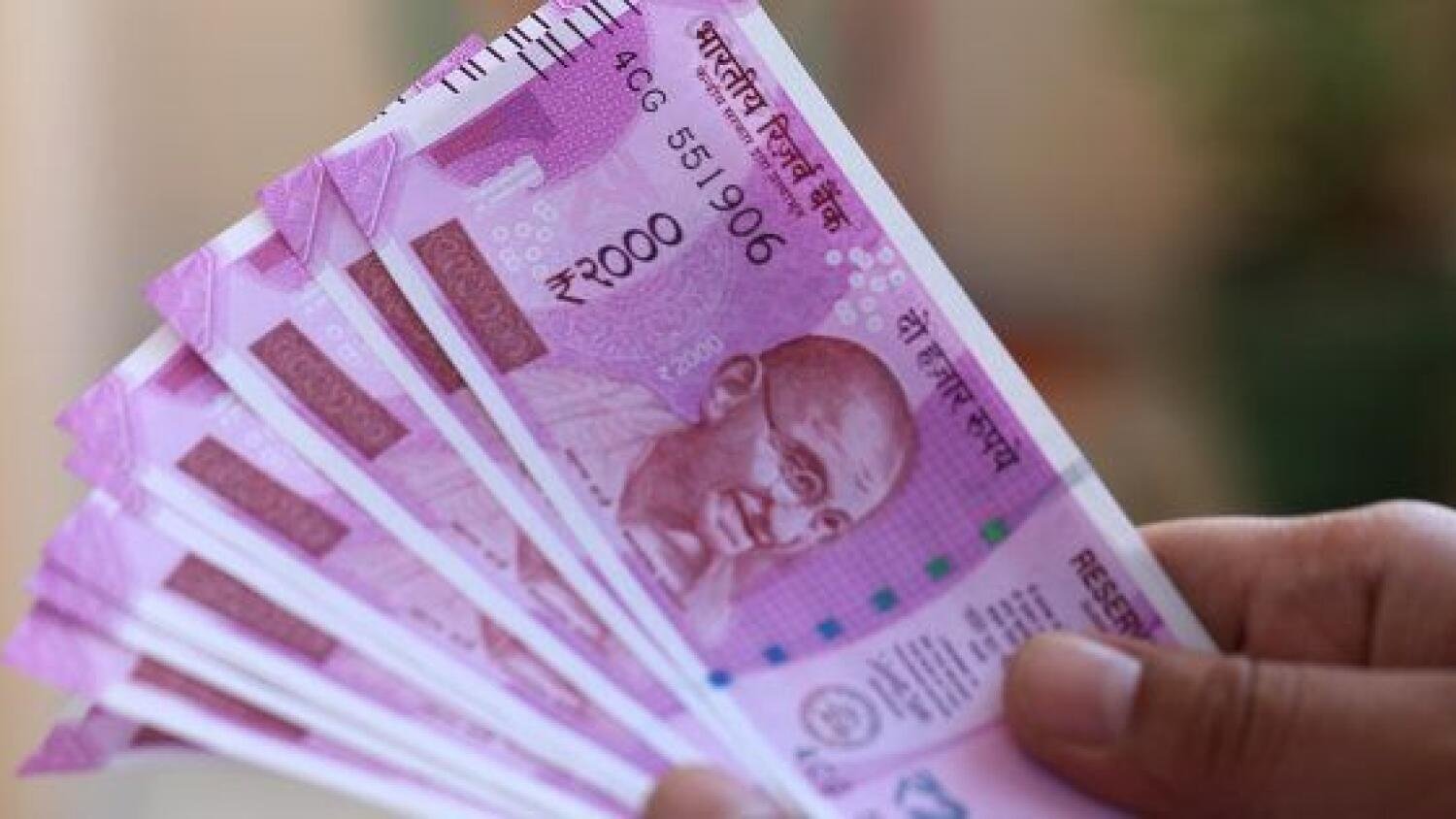
Indian Rupee Hits Historic Low: Falls Below 84 Against US Dollar Amid Rising Oil Prices and Foreign Outflows
Indian Rupee Plunges to Record Low: Breaches 84 Against US Dollar Amid Soaring Oil Prices and Foreign Investor Exodus
by Allen Cot
·
The Reserve Bank of India had been defending the 84-per-dollar level for months, but mounting global pressures have now pushed the rupee past this critical threshold.
The Indian rupee fell to a record low, dropping below the 84-per-dollar mark for the first time on Friday, amid rising oil prices and significant foreign outflows from the domestic equity market. The rupee slid to 84.07 and was last quoted at 84.0425 per dollar as of 12.20 pm IST (10.50 am UAE time), a level that the Reserve Bank of India (RBI) had been defending for over two months.
The rupee’s depreciation comes at a time of heightened global economic uncertainty. The conflict in the Middle East has pushed oil prices higher, adding to inflationary pressures and worsening India’s trade deficit. Meanwhile, foreign investors have become net sellers in the Indian equity market over the past nine sessions, further contributing to the rupee’s weakness.
A Challenging Outlook for the Rupee
The rupee had managed a slight recovery in recent weeks, bouncing back to around 83.50, but this reprieve was short-lived. Rising Brent crude oil futures, which have surged more than 10% in October, have worsened India’s already strained balance of payments. With India being a major oil importer, higher crude prices inflate the country’s import bill, putting additional downward pressure on the currency.
Additionally, hopes for a substantial rate cut by the U.S. Federal Reserve have diminished, further dampening the rupee’s outlook. Strong U.S. jobs data released last week led investors to bet on a smaller, 25 basis-point cut in November, as opposed to the 50 basis-point cut previously anticipated. This has bolstered the U.S. dollar, compounding the rupee’s struggles.
RBI’s Role and the Trade Deficit Woes
The RBI has intervened repeatedly in the forex market over the past two months to prevent the rupee from breaching the 84-mark, but its efforts were overcome by external forces. On Monday, the RBI informally advised banks to avoid taking aggressive positions against the rupee, signaling its intent to manage the currency’s depreciation carefully.
India’s trade deficit has also played a key role in the currency’s decline. A slowdown in exports and a surge in gold imports widened the country’s merchandise trade deficit to nearly $23 billion in August, the highest in 10 months. This contributed to a widening of the current account deficit to $9.7 billion, or 1.1% of GDP, in the April-June quarter, compared to a deficit of $8.9 billion during the same period last year.
While other Asian currencies have seen gains in recent months, with regional peers appreciating between 0.3% and 4.9%, the rupee has largely stagnated, further highlighting the challenges facing the Indian economy.
What Lies Ahead for the Rupee?
The near-term outlook for the rupee remains uncertain. According to VRC Reddy, head of treasury at Karur Vysya Bank, the currency could face additional pressure in the coming weeks. However, Reddy believes the RBI will “only allow marginal depreciation to ensure the rupee remains a stable currency.”
With persistent global and domestic headwinds, including a rising trade deficit, inflationary pressures, and uncertain global monetary policy, the RBI’s balancing act will be crucial in stabilizing the rupee and mitigating further declines. As the currency continues to navigate these turbulent waters, both policymakers and market participants will be watching closely for signs of recovery or further deterioration.
In the meantime, the rupee’s fall below the 84-mark underscores the economic vulnerabilities India faces, as well as the importance of strategic monetary and fiscal interventions to weather these challenges.
4o
Post Views: 78
- Symbolic Developments Delivers Maiden Project ‘Symbolic Alpha’ in Record Time, Setting New Standards for Sustainable Luxury Living in Dubai
- Dubai Design District (d3) Celebrates Milestone Anniversary: A Decade of Design Excellence and Global Impact
- Downtown Umm Al Quwain Project Unveiled to Transform Emirate’s Coastal Landscape
- BRED Abu Dhabi 2025 Kicks Off in Style with Music, Fashion, Sports, and Art at Yas Marina Circuit















